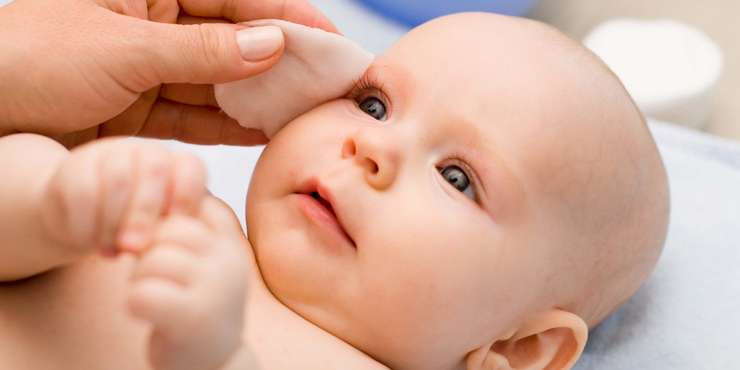Understanding Consciousness and Pulse in Babies: A Guide for Parents
One of the most critical aspects of your baby’s health that often raises concerns is consciousness and pulse. Knowing essential information about consciousness, consciousness loss, pulse, and understanding how to monitor a baby’s pulse according to age and development stage is crucial for assessing your child’s well-being in challenging situations.
Let’s delve into the details of consciousness first, followed by a discussion on pulse.
Consciousness: Defining consciousness precisely can be challenging, but we can simplify it as the ability to perceive, comprehend, and be aware of stimuli in the surrounding environment. Additionally, self-awareness is also considered a part of the definition of consciousness.
Loss of Consciousness: The state where, starting from a sleep-like condition due to various reasons affecting normal brain activities, there is no response to stimuli. There are two types of consciousness loss:
- Fainting (Syncope): Short-term loss of consciousness resulting from a brief interruption of blood flow to the brain.
- Coma: Long-term loss of consciousness where the body loses reflexes like coughing and swallowing. There is also an inability to respond to external stimuli.
Consciousness Control in Babies: A vital sign of life, consciousness in babies is assessed by their ability to respond to stimuli. For infants who cannot express themselves verbally, responses may not be as apparent. In case of emergencies at home (choking, falling, etc.), understanding how to assess consciousness in babies is crucial.
Here’s how it works:
- For very young babies who cannot respond verbally, control is assessed by tapping the baby’s sole.
- If there is a reaction after tapping, it indicates an open state of consciousness.
- If there is no response, it signifies a closed state of consciousness.
If you identify a situation requiring first aid and have the necessary training, you can administer initial assistance. After addressing consciousness control in babies, let’s explore the topic of monitoring a baby’s pulse.
Pulse: The continuous force exerted by the heart’s contraction and relaxation on the arteries is known as pulse. As the heart contracts, blood is pumped first into the aorta and then into other arteries. Due to the elastic nature of the arteries, expansion and contraction occur. This expansion and contraction can be felt at various points, such as the wrists, temples, groins, and throat. Pulse, in simple terms, is the count of these expansions and contractions within a minute, felt using specific techniques. The pulse rate varies between adults and children.
Baby Pulse Rates:
- Newborns: Lower limit 70, upper limit 190, average 125
- 1-11 Months: Lower limit 80, upper limit 160, average 160
- 12 Months – 2 Years: Lower limit 80, upper limit 130, average 110
- 2-4 Years: Lower limit 80, upper limit 120, average 100
It’s essential to consider these pulse rates according to the baby’s age. Babies have higher pulse rates than adults due to their increased energy requirements.
Monitoring Baby Pulse: Unlike adults, checking a baby’s pulse involves first the brachial (arm) artery and then the femoral (groin) artery.
Procedure:
- Remove the baby’s clothing to access the pulse point.
- Gently spread the baby’s legs without causing discomfort.
- Place your index and middle fingers between the baby’s abdomen and leg, applying slight pressure to feel the pulse.
- You should feel the pulse within the first 10 seconds.
It’s crucial to ensure the baby remains calm during this process. If the baby has recently been engaged in vigorous activity, the results may not be accurate.
Other Considerations for Pulse Monitoring:
- Carotid (neck) artery pulse is not suitable for babies due to their short necks.
- Pressure applied should be neither too much nor too little to accurately feel the heartbeat.
- Hold for 15 seconds after the first beat is detected.
- Note the beats in 15 seconds and multiply by 4 to get the baby’s pulse rate per minute.
If you notice an abnormally high or low pulse rate, consult a pediatrician promptly. Rapid or slow heartbeat, known as tachycardia or bradycardia, respectively, and irregular rhythms (arrhythmias) could indicate underlying health issues. As a parent, understanding these aspects is vital for monitoring your baby’s well-being, especially during emergencies.
In conclusion, gaining knowledge about consciousness control and pulse monitoring in babies is crucial. Not only does it aid in assessing your child’s condition during emergencies, but it also empowers you as a parent to take appropriate action until professional help arrives.










